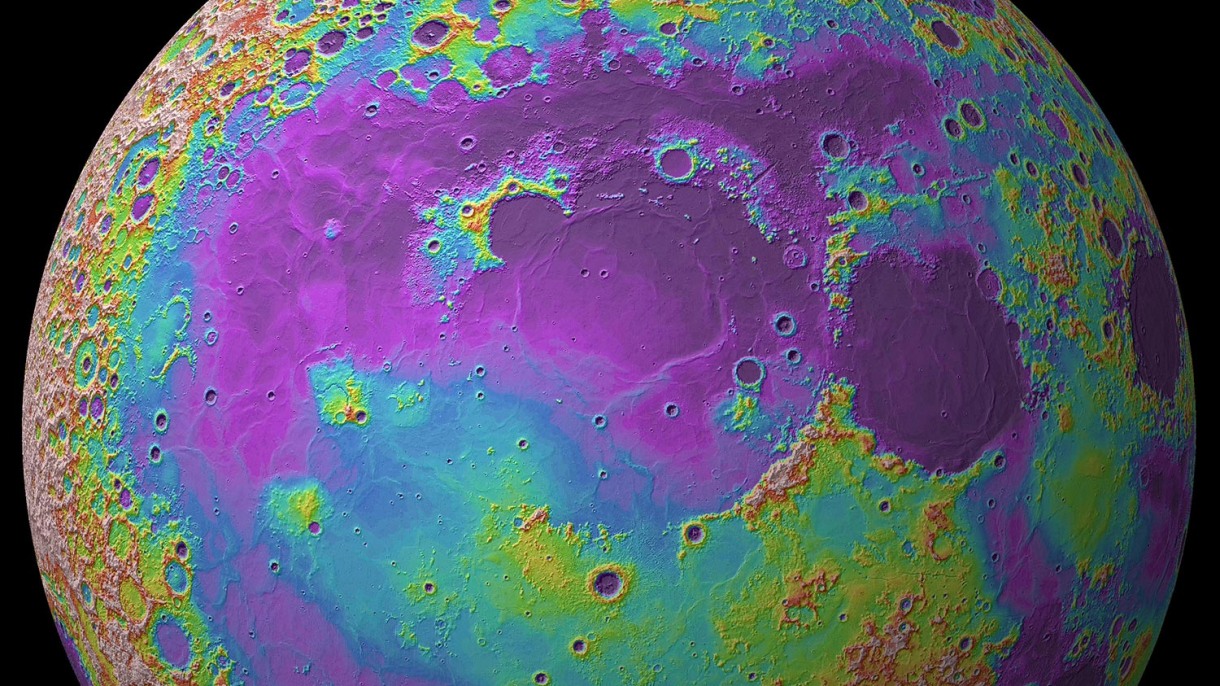For almost half a century, the term “Anthropocene” has been informally used to describe the current geological epoch. The term acknowledges how human agency has become the most significant factor when it comes to changes in Earth’s geology, landscape, ecosystems, and climate. According to a new study by a team of geologists and anthropologists, this same term should be extended to the Moon in recognition of humanity’s exploration (starting in the mid-20th century) and the growing impact our activities will have on the Moon’s geology and the landscape in the near future.
Continue reading “We've Entered a New Era: The Lunar Anthropocene”Every Night and Every Morning, the Moon Rumbles With Tiny Quakes

The Moon was geologically active between 3.7 and 2.5 billion years ago, experiencing quakes, volcanic eruptions, and outgassing. Thanks to the Moon being an airless body, evidence of this past has been carefully preserved in the form of extinct volcanoes, lava tubes, and other features. While the Moon has been geologically inert for billions of years, it still experiences small seismic events due to tidal flexing (because of Earth’s gravitational pull) and temperature variations. These latter events happen regularly and are known as “moonquakes.”
Thanks to the Apollo missions, scientists have measured this activity using seismometers placed on the surface. In a recent NASA-funded study, a team of researchers from the California Institute of Technology (Caltech) reexamined the seismic data with a machine-learning model. This revealed that moonquakes occur with precise regularity, coinciding with the Sun rising to its peak position in the sky and then slowly setting. In this respect, moonquakes are like a “Lunar Alarm Clock,” which could be useful for future missions and lunar settlers!
Continue reading “Every Night and Every Morning, the Moon Rumbles With Tiny Quakes”Volcanism on the Moon Ended About 2 Billion Years ago
According to the most widely accepted theories, the Moon formed about 4.5 billion years ago after a Mars-sized object (Theia) collided with Earth. After the resulting debris accreted to create the Earth-Moon system, the Moon spent many eons cooling down. This meant that a few billion years ago, lakes of lava were flowing across the surface of the Moon, which eventually hardened to form the vast dark patches (lunar maria) that are still there today.
Thanks to the samples of lunar rock brought back to Earth by China’s Chang’e 5 mission, scientists are learning more about how the Moon formed and evolved. According to a recent study led by the Chinese Academy of Geological Sciences (CGAS), an international team examined these samples to investigate when volcanism on the Moon ended. Their results are not only filling in the gaps of the Moon’s geological history but also of other bodies in the Solar System.
Continue reading “Volcanism on the Moon Ended About 2 Billion Years ago”

